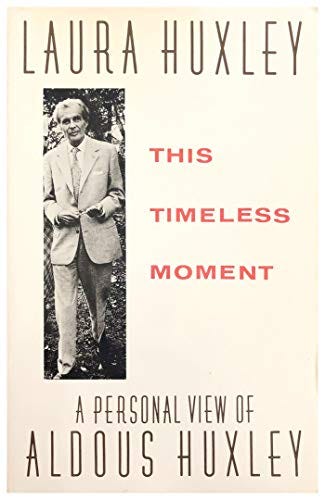Synchronicity
Perceptual set and transpersonal moments
That’s a coincidence
Ever noticed that when you buy a different car, you suddenly start seeing many others of that make and model on the road? Or how, when you’re hungry, all the adverts seem to be for food? Psychologists explain this as being due to perceptual set. ‘Perceptual set’ is the term for the filters that influence what we notice in the world. (https://dictionary.apa.org/perceptual-set)
I’ve written before about how easy it is to not notice something (the gorilla experiment) https://susymuses.substack.com/p/switching-hats. The other side of this is what has been called ‘confirmation bias’. Social media companies and search engines make extensive use of this – their algorithms select items similar to those we’ve recently opened. The longer we spend on the internet, the deeper we’re likely to sink into our particular silos or bubbles https://edu.gcfglobal.org/en/digital-media-literacy/how-filter-bubbles-isolate-you/1/
Our perceptions are being influenced in ways unknown to previous generations.

Normally, our senses are tuned to pay attention to:
a) things that might be a threat
b) stuff that confirms our view of the world
c) whatever is relevant for us right now – in ‘psychology-speak’ whatever ‘has high salience’.
It’s the third we notice when we exclaim ‘What a coincidence!’
We’re fascinated by coincidences, tend to find them mysterious, almost uncanny. A friend in our local writing group, who used to be a journalist, pointed out that ‘in real life’ some astonishing coincidences occur, that we would pooh-pooh if we read them in novels.
Carl Jung on ‘synchronicity’
Are these strange co-occurrences always a coincidence? The psychologist Carl Jung coined the term ‘synchronicity’ to refer to ‘an acausal connecting principle’. Another expression he used was ‘a meaningful coincidence’. https://iaap.org/jung-analytical-psychology/short-articles-on-analytical-psychology/synchronicity-an-acausal-connecting-principle/#:~:text=A key signature concept in,coincidences rather than causal chains.
The key idea behind synchronicity is that all humans can access a shared ‘collective unconscious’. You don’t have to subscribe to this belief to acknowledge that, sometimes, different people seem to be having similar ideas or noticing similar things:
A few weeks ago I wrote about ‘feeling a fraud’ https://susymuses.substack.com/publish/posts/detail/146028385?referrer=%2Fpublish%2Fposts, so I sat up and paid notice when I heard Sara Wheeler speak about ‘imposter syndrome on ’‘Point of View’ (BBC Radio 4) last Sunday. Her account of sleeping in Scott’s hut during her stay in Antartica was poignant – the prejudice she faced from the resident scientists even more so: https://www.bbc.co.uk/programmes/m0021qxj.
My first reaction was ‘how strange that I should have written about this so recently’, then I started wondering if there was a common zeitgeist we were both tuning into. Her talk focused on ‘not belonging’. Is there a pervasive sense of ‘being an outsider’ that’s particularly heightened at the moment? The racist riots in the UK last week left many people of colour who’ve lived on these islands for decades feeling marginalised. A Guardian piece this week featured a Polish woman, Olga Mecking, who’s lived in Germany and the Netherlands since 2004. She is still treated as ‘not really an European’: https://www.theguardian.com/commentisfree/article/2024/aug/13/poland-europe-citizen-germany-netherlands Or am I just noticing these articles because they’ve become salient for me?
Some other examples of synchronicity definitely can’t be explained by perceptual set. Moments like the scarab beetle incident described in the Analytical Psychology article seem to take on a symbolic significance.
Most of us will have had the experience where we’ve been thinking of a friend we haven’t seen for ages then receive a message from them out of the blue. It’s ‘tingly’. The psychotherapist Petruska Clarkson described ‘transpersonal moments’ – those instances where you and the client suddenly have the same thought, out of nowhere. I can remember, years ago, a client was doodling on a notepad that I couldn’t see, and I suddenly said ‘four-leaved clover’. She turned the drawing to show me. There, in the centre, surrounded by loops and zigzags, was a four-leaved clover. We looked at each other and grinned.
Photo of a 4 leaf clover by Amy Reed on Unsplash
A symbol of a ‘lucky chance’, she had been talking about her negative expectations of the future. Her mood improved over the next few sessions, and we finished working together as ‘her depression had lifted’. Random chance? Deep empathy on my part? We’d both been primed by hearing a reference to four-leaf clover on the radio that morning? Or we happened to meet in what Laura Huxley called ‘This Timeless Moment’, the realm where ‘meaningful coincidences’ occur?




